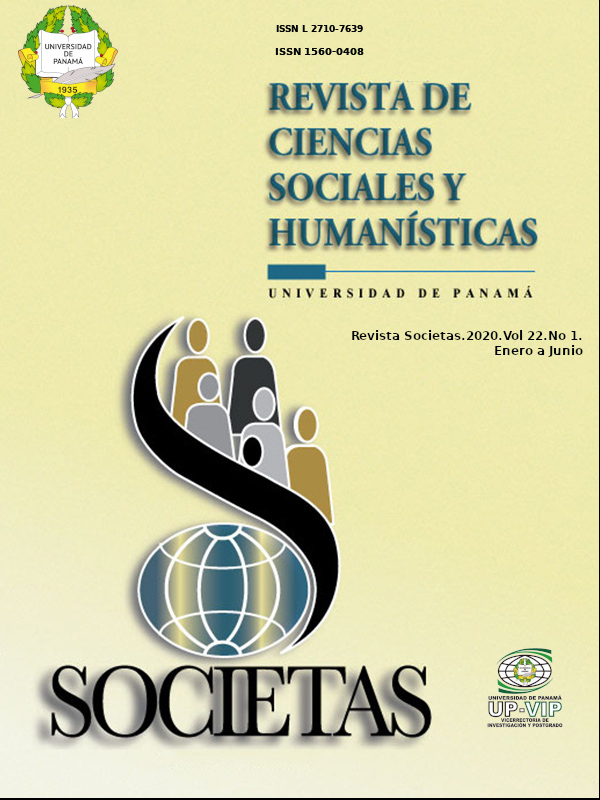

El proceso de enseñanza- aprendizaje de la química en la educación media se reconoce por su importancia y complejidad, lo que ha llevado a la didáctica de las ciencias a orientarse en la búsqueda constante de alternativas innovadoras, encaminadas a minimizar las dificultades presentes en dicho proceso. El propósito del presente artículo es analizar la relevancia de innovar los procesos de enseñanza- aprendizaje de la química por medio del modelo didáctico MAPIC (motivación, apropiación, praxis, interpretación y cuestionamiento), con estudiantes de educación media. El fundamento teórico que soporta este modelo se apoya en las teorías socio pedagógicas propuestas por Jean Piaget, Lev Vygotsky, David Ausubel, Leontiev y Galperin, que permiten explicar y comprender la importancia de la didáctica en la construcción del conocimiento. De igual manera, se muestra un pequeño panorama de algunos modelos relacionados que han sido aplicados para abordar las problemáticas presentes en el proceso mencionado anteriormente. El modelo Mapic, además de motivar, permite recobrar y mantener el interés del estudiante por la química, favoreciendo el desarrollo de competencias integrales, el trabajo colaborativo y la construcción de aprendizajes significativos en dicha área, por consiguiente, el empleo de este modelo didáctico lleva a que el proceso de enseñanza- aprendizaje de la química este acorde a los retos del modernismo.